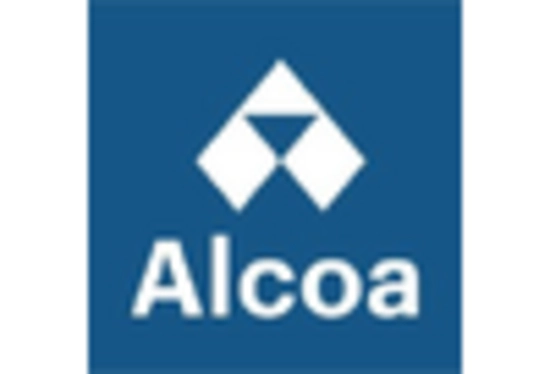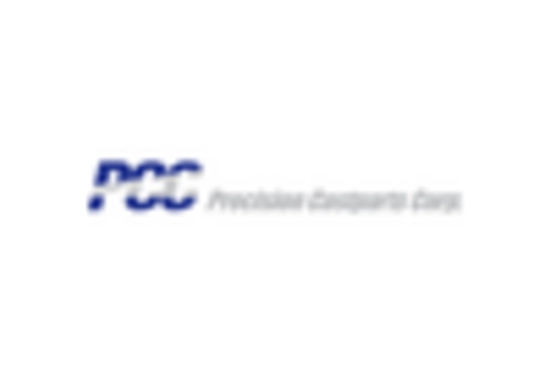Growing Military Aviation Sector
The Aircraft Rivet Market is also benefiting from the growth of the military aviation sector. Increased defense budgets in various countries are leading to the procurement of new military aircraft, which in turn drives the demand for rivets. In 2025, military aircraft production is expected to rise, necessitating a steady supply of high-quality rivets for assembly and maintenance. This trend not only supports the Aircraft Rivet Market but also encourages manufacturers to develop specialized rivets that meet the unique requirements of military applications. As defense spending continues to grow, the Aircraft Rivet Market is likely to see sustained demand.
Increasing Aircraft Production Rates
The Aircraft Rivet Market is experiencing a surge in demand due to increasing aircraft production rates. As airlines expand their fleets to meet rising passenger numbers, manufacturers are ramping up production. In 2025, the commercial aircraft production is projected to reach approximately 1,500 units, which directly correlates with the need for rivets. This increase in production not only drives the demand for rivets but also encourages innovation in rivet design and materials. Consequently, manufacturers are focusing on enhancing the quality and performance of rivets to meet the stringent requirements of modern aircraft. The Aircraft Rivet Market is thus poised for growth as it aligns with the broader trends in the aerospace sector.
Regulatory Compliance and Safety Standards
The Aircraft Rivet Market is heavily influenced by stringent regulatory compliance and safety standards imposed by aviation authorities. These regulations necessitate the use of high-quality rivets that meet specific performance criteria. As safety remains a paramount concern in the aviation sector, manufacturers are compelled to invest in quality assurance processes and materials that comply with these standards. In 2025, it is anticipated that the demand for certified rivets will increase, as airlines and manufacturers prioritize safety in their operations. This trend not only drives the Aircraft Rivet Market but also fosters innovation in rivet design and production techniques.
Expansion of Aerospace Manufacturing Facilities
The expansion of aerospace manufacturing facilities is a key driver for the Aircraft Rivet Market. As companies establish new production plants in various regions, the demand for rivets is expected to rise correspondingly. In 2025, several major aerospace manufacturers are projected to open new facilities, which will require substantial quantities of rivets for assembly. This expansion not only boosts local economies but also creates opportunities for suppliers in the Aircraft Rivet Market. Furthermore, the establishment of these facilities often leads to partnerships with local suppliers, enhancing the overall supply chain and fostering innovation in rivet technology.
Technological Innovations in Rivet Manufacturing
Technological advancements in rivet manufacturing are significantly influencing the Aircraft Rivet Market. Innovations such as automated riveting systems and advanced materials are enhancing the efficiency and reliability of rivet production. For instance, the introduction of high-strength aluminum and titanium alloys is enabling manufacturers to produce lighter and more durable rivets. This shift not only improves aircraft performance but also reduces fuel consumption, aligning with the industry's sustainability goals. As manufacturers adopt these technologies, the Aircraft Rivet Market is likely to witness increased competition and improved product offerings, catering to the evolving needs of aircraft manufacturers.

















Leave a Comment